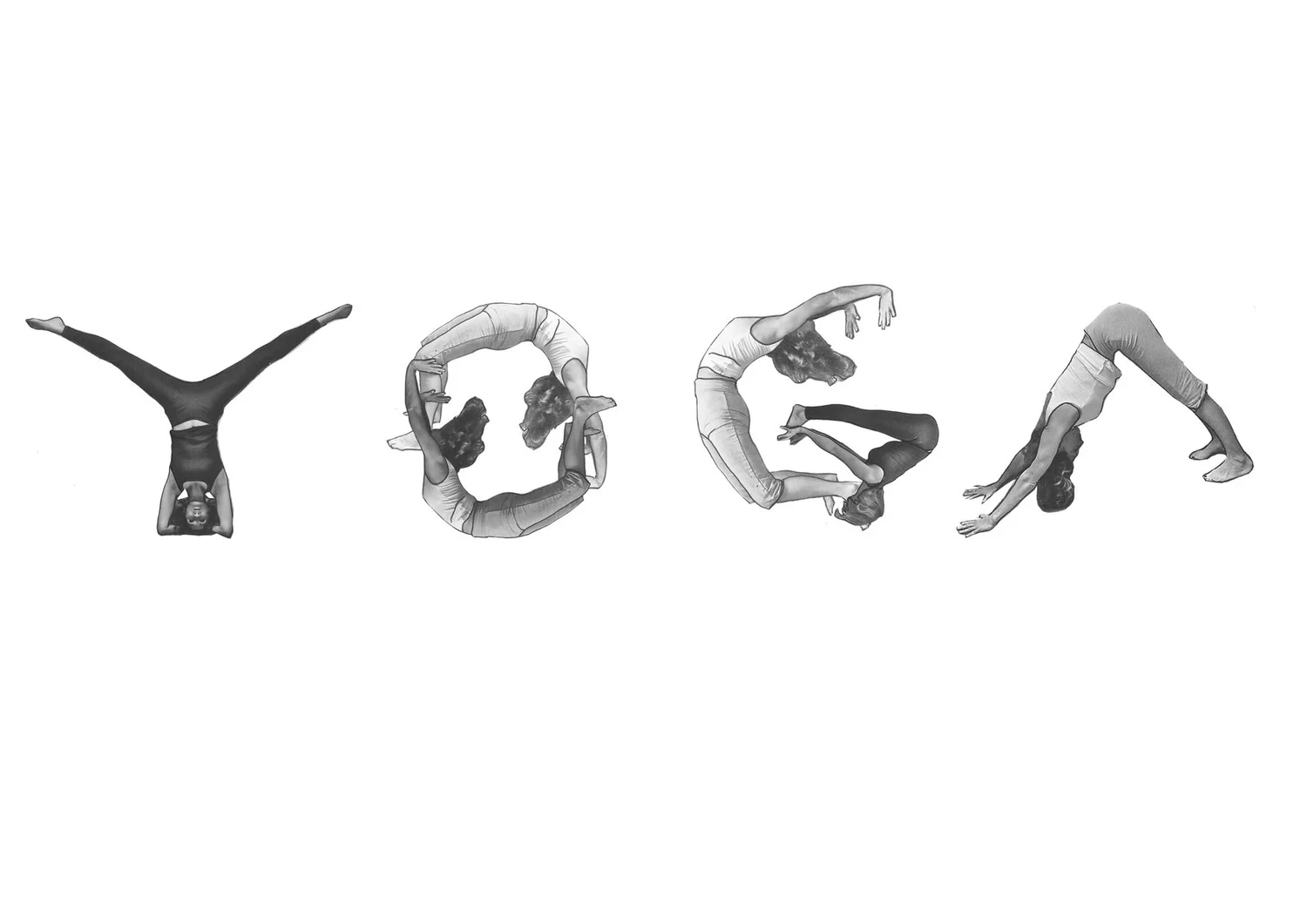Yoga can be called a life practice. ".... an ongoing inquiry into how to be completely engaged and intimate with the wild force that runs through everything and is running through us, if we would but pause long enough to notice......Almost any activity can be used as a life practice if it reconnects us with the source of our aliveness...."- painting, singing, playing sport, music, dancing, climbing mountains, gardening, raising children- "All such activities, if practiced mindfully and with passionate devotion, can be called a form of Yoga. The greater purpose of a formal Yoga practice, however, is to apply the acute attentiveness we learn on the mat to all aspects of our everyday life so that this unitive awareness filters through our relationships, our work and our play....:
Very simply we set aside time and a quiet place to engage in enquiries that will remind us of who we really are. "
( Excerpts from 'Bringing Yoga to Life' by Donna Farhi)
Photograph by J. Giacone ( Marzameme, Sicily)






